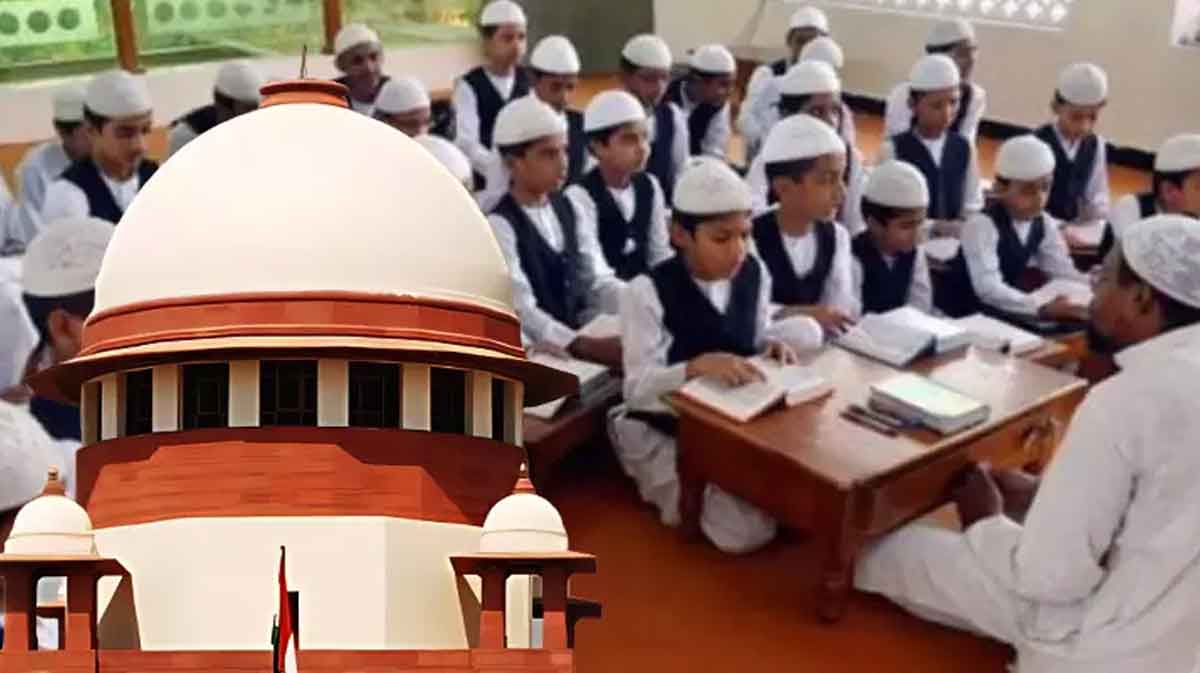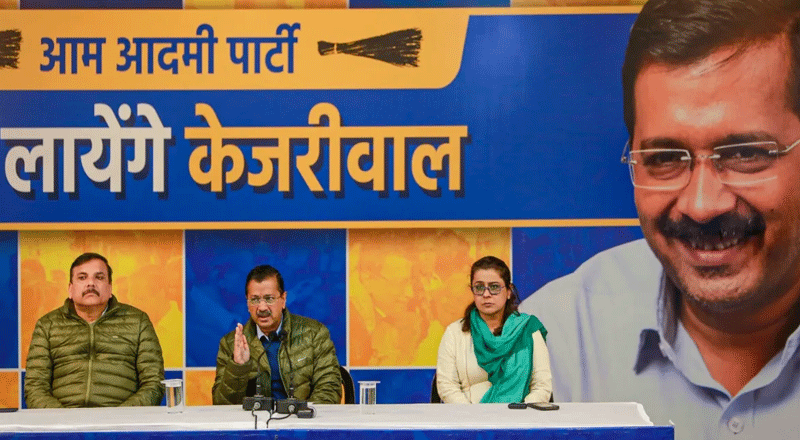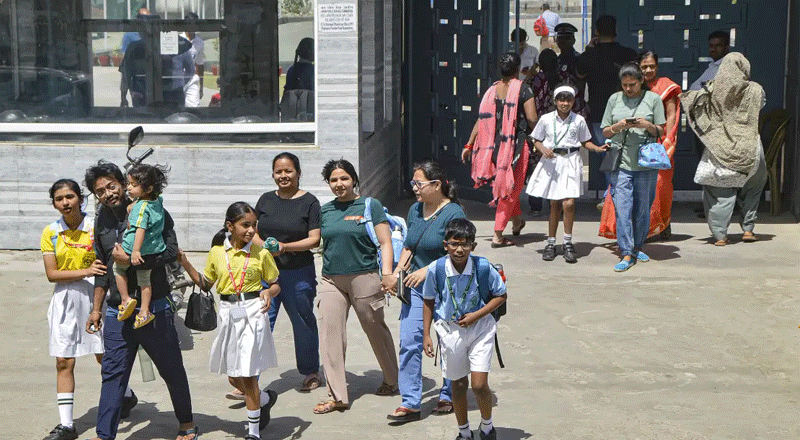Today, thousands of madrassa students in Uttar Pradesh await a pivotal decision from the Supreme Court regarding the validity of the 2004 Uttar Pradesh Madrassa Law. This law, which allows religious educational institutions to operate under certain guidelines, was recently deemed “unconstitutional” by the Allahabad High Court. The Supreme Court’s decision will determine whether madrassas in Uttar Pradesh remain as they are or transition towards a model aligned more closely with mainstream education.
Background of the Controversy
In March, the Allahabad High Court ruled the 2004 law unconstitutional, citing that the separation of madrassa education from the mainstream system violates India’s commitment to secularism. According to the court, the law perpetuates educational silos, which could limit students’ opportunities and hinder the integration of religious institutions into a broader national educational framework. The court proposed that madrassa students should be integrated into the formal school system to ensure a more balanced education.
Arguments on Both Sides
The High Court’s decision sparked an appeal to the Supreme Court, with some stakeholders advocating for the preservation of madrassa education, albeit with modifications. Chief Justice DY Chandrachud suggested that the law need not be scrapped in its entirety. Instead, he proposed a reform where madrassas would teach essential academic subjects alongside religious studies. The Chief Justice emphasized that maintaining madrassas in an unregulated state could isolate these institutions, which are a vital part of India’s diverse cultural and religious heritage.
Those opposed to the law argue that madrassa education fails to guarantee the quality and breadth required in contemporary education. They believe mainstream education should be prioritized over religious instruction to fulfill the Constitution’s promise of equal educational opportunities.
National Interest and Cultural Integration
Chief Justice Chandrachud highlighted that secularism entails inclusivity, not isolation. Religious education, he noted, is widespread across multiple faiths and has a longstanding place in Indian society. By integrating madrassas within a regulated framework, he argued, India can uphold its secular values while fostering cultural unity.
In conclusion, As the Supreme Court deliberates, the verdict will likely have long-term implications for how religious and mainstream education coexist in India. A balanced approach, where madrassas retain their religious identity while aligning with essential academic standards, may ultimately serve the national interest and strengthen India’s pluralistic heritage. The court’s decision will set an important precedent for the educational and cultural integration of religious minorities.
(With inputs from agencies)





